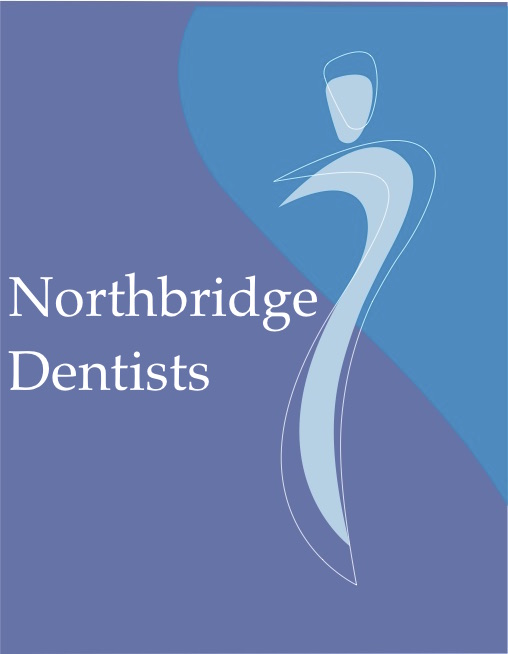Advancements in technology have transformed numerous industries, and dentistry is no exception. The integration of Artificial Intelligence (AI) into the field of dentistry, particularly in the interpretation of dental radiographs, is revolutionizing the way dental professionals diagnose and treat oral health issues. In this blog post, we'll explore how AI is making a significant impact on dental radiographs, enhancing accuracy, efficiency, and patient care.
The Significance of Dental Radiographs
Dental radiographs, commonly known as X-rays, have been a staple of dental diagnosis for decades. They provide crucial insights into the oral and maxillofacial structures that cannot be observed through a visual examination alone. Radiographs help identify various dental issues, including cavities, periodontal disease, impacted teeth, and bone loss. However, interpreting these images can be time-consuming and prone to human error.
Enter Artificial Intelligence
AI, particularly machine learning algorithms, is being integrated into dental practices to assist in the analysis of dental radiographs. These algorithms are trained on vast datasets of dental images, enabling them to recognize patterns and anomalies that may go unnoticed by the human eye. Here are some ways AI is transforming the field:
Faster and More Accurate Diagnoses: AI algorithms can quickly analyze radiographs and identify issues such as cavities, gum disease, and bone abnormalities with high precision. This accelerates the diagnostic process, allowing dentists to provide more immediate and accurate assessments of a patient's oral health.
Early Disease Detection: AI algorithms are adept at identifying the early signs of dental diseases, such as caries and periodontitis. This means that potential issues can be detected at a stage when they are easier to treat, potentially preventing more extensive dental problems in the future.
Personalized Treatment Plans: AI can help dentists tailor treatment plans for each patient based on their unique needs. By analyzing a patient's dental radiographs and history, AI can recommend treatments that are most effective for that individual.
Improved Workflow: AI streamlines the workflow in dental practices. Dentists and their teams can spend less time on manual analysis of radiographs and more time with patients, thus enhancing the overall patient experience.
Enhanced Patient Education: AI can generate visual aids and reports for patients, explaining their oral health conditions and proposed treatments in an easily understandable manner. This promotes patient engagement and informed decision-making.
Challenges and Considerations
While the integration of AI in dental radiographs offers numerous advantages, it also comes with challenges and considerations. These include the need for ongoing training and maintenance of AI systems as well as false diagnoses. Dentists and their teams must ensure that AI is used as a complementary tool rather than a replacement for human expertise and check the diagnoses made before implementing treatment.
Conclusion
Artificial Intelligence is reshaping the landscape of dentistry by revolutionizing the interpretation of dental radiographs. The incorporation of AI not only enhances the speed and accuracy of diagnoses but also facilitates early disease detection and personalized treatment plans. As AI technology continues to evolve, dental professionals will be well advised to embrace these innovations to provide the best possible care to their patients.
The future of dentistry is increasingly intertwined with AI, and this partnership promises to improve patient outcomes, reduce the burden on dental practitioners, and ultimately lead to better oral health for all. As with any technology, it is vital that AI is used ethically, responsibly, and in conjunction with the expertise of dental professionals to ensure the highest standard of patient care. This is one area that the team at Northbridge Dentists is excited to implement in the near future. Watch this space!
Photo credit: https://www.hellopearl.com/


